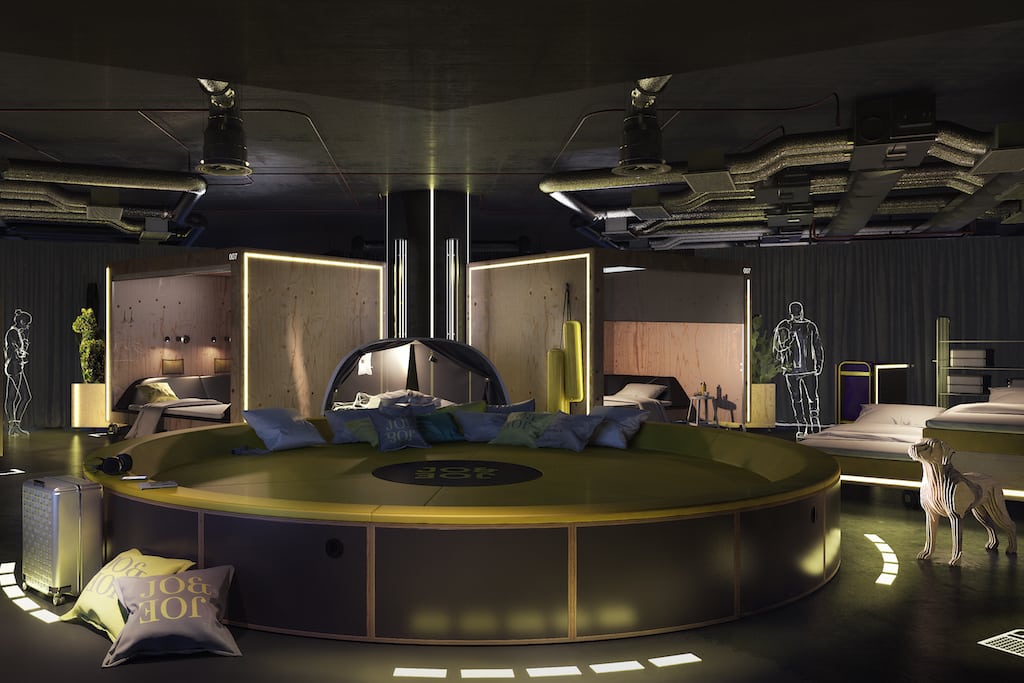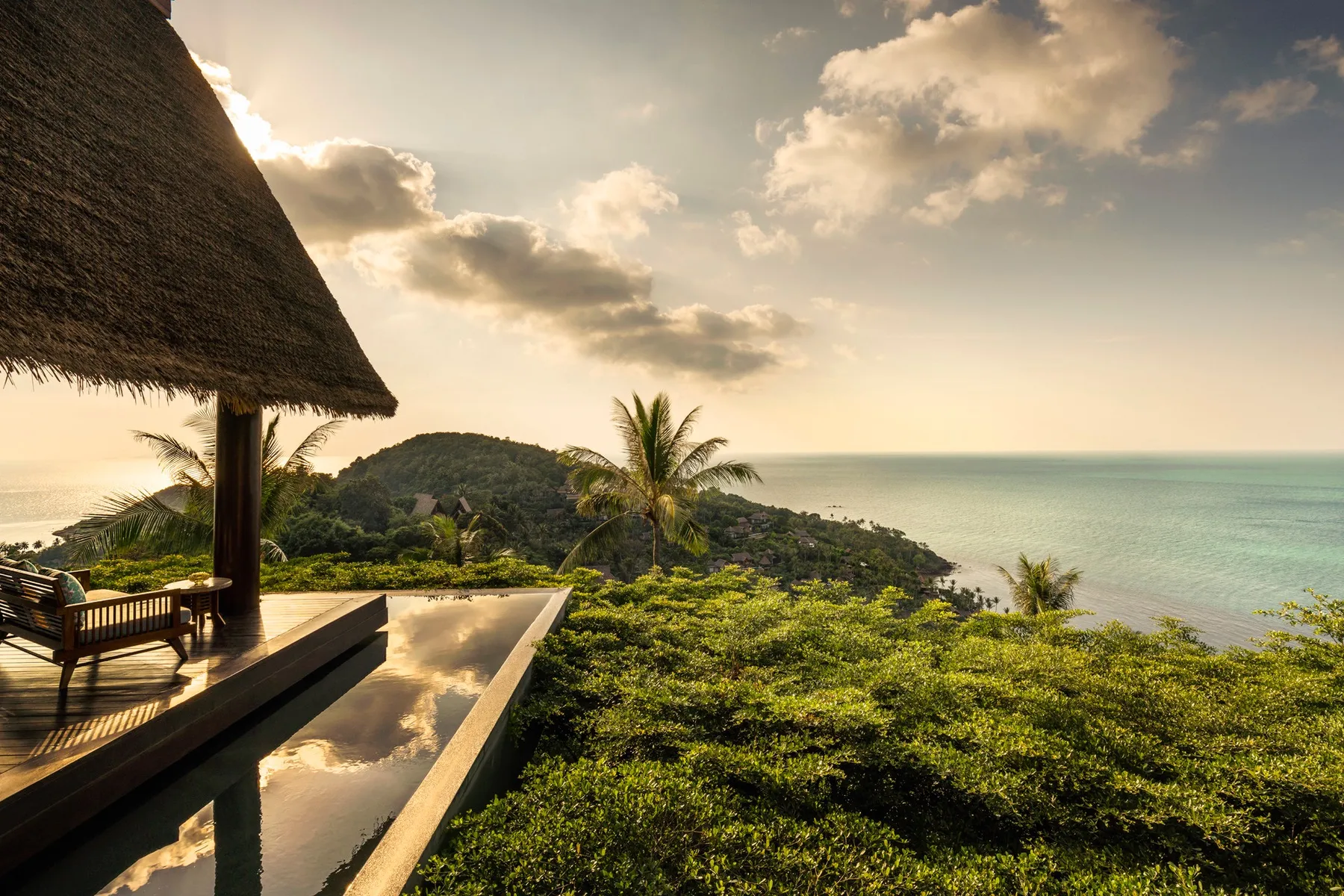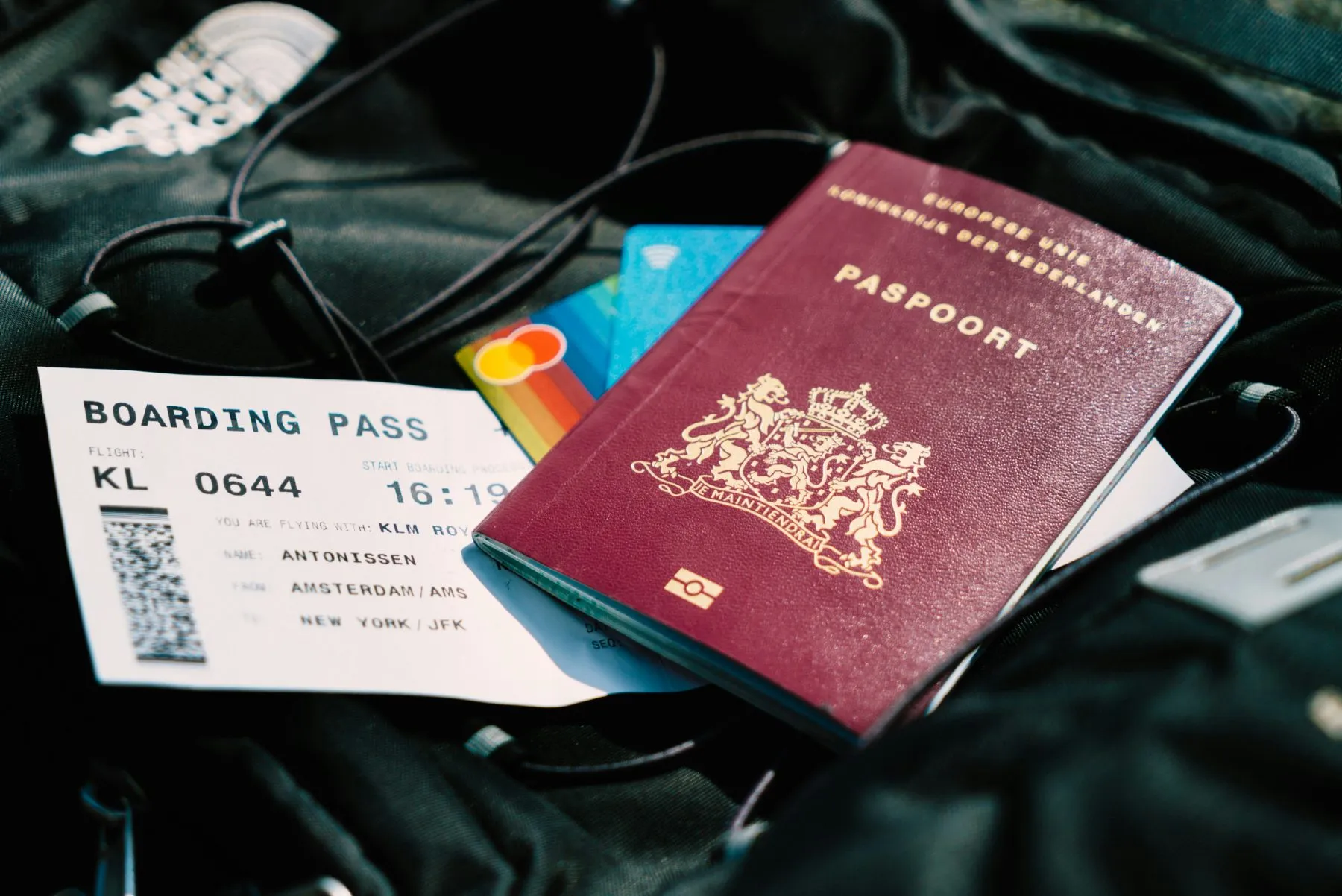AccorHotels Delves Into Co-Living With Its Newest Hotel Brand
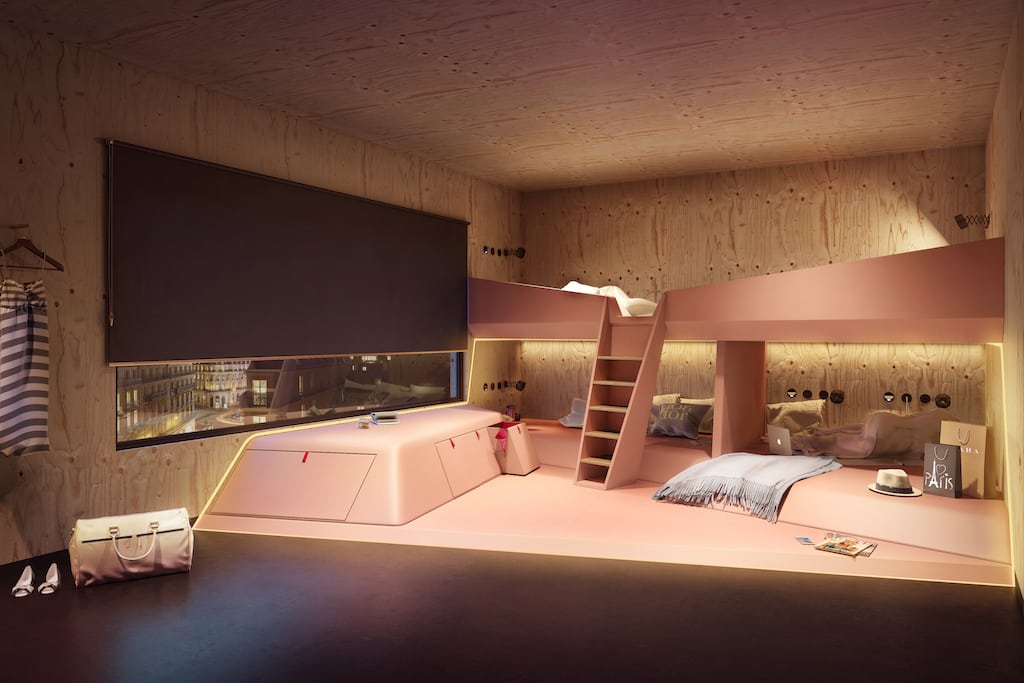
Skift Take
The co-living concept is entering the mainstream with AccorHotels' newest economy hotel brand: Jo&Joe.
While the Paris-based hospitality company didn't use the term "co-living" to describe the new brand, it's clear Jo&Joe is the embodiment of co-living, to be executed on a much larger scale than we've seen previously — to amount to 50 properties by 2020 in cities like Paris, Bordeaux, Warsaw, Budapest, and Sao Paulo, AccorHotels says.
In a statement, the company described Jo&Joe as "a brand that blends the best of private-rental hostel and hotel formats" and called it a "totally reinvented and disruptive experience in terms of design approach, catering, service, and customer journey."
At its most basic description, co-living is about community and developing connections among those who occupy that particular co-living space. It's group living, with shared kitchens and living areas, and social programming.
Frédéric Fontaine, senior vice president of AccorHotels' Marketing Innovation Lab, told Skift, that while Jo&Joe is inspired by design-driven hostels (ahem, Generator Hostels) and co-living concepts, it's in a category all its own.
"We didn't want to replicate an existing concept," Fontaine said. "This is not another new design hotel. The branding is in a slightly different tradition than what you can find in the market." He added that the power of AccorHotels' network, digital systems, and hospitality experience adds to Jo&Joe's ability to scale, and that Millennials are "reassured" knowing that a company like AccorHotels is behind this new concept.
Jo&Joe, in our view, is co-living brought to life for the contemporary traveler, tailor made for travelers who possess the Millennial mindset. Jo&Joe is about building a community-driven, communal travel experience in what the company calls an "open house" concept.
So, what are the dead giveaways that signal Jo&Joe as a co-living brand? Here they are, in no particular order:
- Urban city-center locations "close to public transport and less than 15 minutes away from the major points of interest"
- A central bar for locals and guests alike to frequent
- Local and affordable craft cuisine
- A collaborative kitchen where guests can cook for themselves or each other
- A "Happy House" area where guests can do their laundry, relax, cook, or unwind, just as they would when they're at home
- Shared sleeping arrangements in the "Together" space, where you'll find "an ingenious modular sleeping area that guests share without sacrificing privacy"
- Private sleeping accommodations in rooms and apartments for two to five people with private bathrooms and possibly a kitchen space, called "Yours"
- Alternative accommodations that take the form of "OOO! (Out of the Ordinary)" experiences. They could be yurts, hammocks, or caravans, for example, for the ultimate social media bragging opportunity
- A mobile app that connects guests, Jo&Joe staff members, and locals alike to serve as a "social accelerator"
Why Delve into Co-Living?
So why would an established hotel company like AccorHotels launch a new type of hospitality model like this?
It's clear the company has a contrarian approach to how it thinks of hospitality. Earlier this year, it bought luxury home sharing provider onefinestay for $168 million and prior to that acquisition, it also invested in a variety of alternative accommodations players like Oasis (formerly Oasis Collections) and Squarebreak.
AccorHotels CEO Sebastien Bazin has told Skift, "It's foolish and irresponsible to fight against the sharing economy" and he's also said, previously, that the hotel industry has "an obligation to be bold."
With Jo&Joe, is AccorHotels boldly competing head to head with Airbnb, and even AccorHotels' own alternative accommodations providers?
Fontaine said no, Jo&Joe isn't a direct competitor to Airbnb because it operates on a different model. "We want to be an alternative to Airbnb," he said.
Where Airbnb and onefinestay lack communal spaces and social programming where guests can interact with locals, Jo&Joe will have plenty of space to do just that.
"Once you are in the location, you're not alone. You are surrounded by other people. The social experience is there. When you rent a private apartment, the reality is that you are in your own place and you don't really get that sense of community. With Jo&Joe, socialness is part of the design."
When asked if Jo&Joe will also offer tours or experiences beyond the room to its guests, Fontaine said it would in the form of daily city briefings from staff members as well as spontaneous opportunities that arise from guests, locals, and staff.
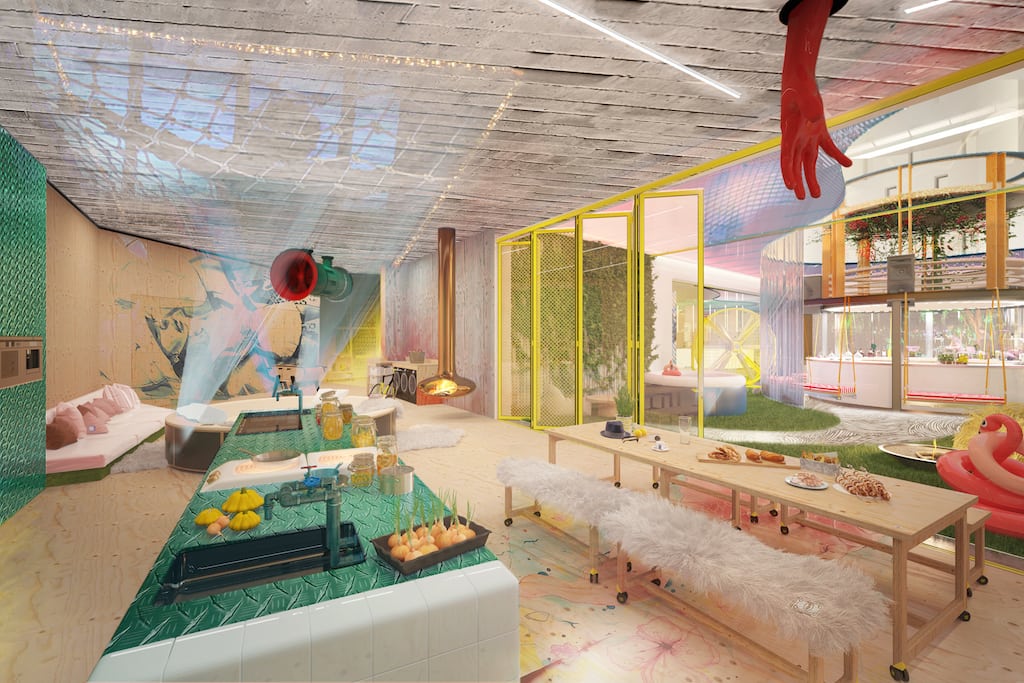
The "Happy House" space within each Jo&Joe will be used for guests to do laundry, cook, and simply unwind.
AccorHotels' Approach to Co-Living
To create Jo&Joe, AccorHotels undertook an "excubation" project, led by the company's Marketing Innovation Lab, which reached out to guests, experts, students, and various members of AccorHotels executive team and departments. Together, they worked with UK design firm Penson and "territory designing agency," W to bring Jo&Joe to life.
"We don't want to be associated with a hotel or private rental," Fontaine said. "We are trying to invent a new category of hospitality which we call the 'open house.'"
One distinction of Jo&Joe that distinguishes it from other co-living concepts, however, is the fact that there aren't any permanent residents (unless you count the staff). Fontaine said that was a purposeful feature, that the properties would only be for transient use, but that the mobile app would enable guests, locals, and staff members to interact with each other.
The model for Jo&Joe is also a flexible one, in every sense of the word, Fontaine said. He said that because the size of each property can be about 43,000 square feet, AccorHotels will be looking at large buildings, or spaces not traditionally used for hotels. Each property will be unique and different from each other, and will have anywhere from 300 to 600 beds with a mix of private rooms for two to three people (30 percent); small dorms for four to six people (30 percent); larger dorms for eight to 12 people (30 percent); and apartments and "OOO!" rooms like a beach shack or yurt (10 percent). Seventy-five percent of each property will consist of accommodations and the rest will be shared spaces, including food and beverage.
Some Jo&Joe properties may follow a management model, others a franchise model, while others will be subsidiaries. The first two properties, one in Paris and the other in Bordeaux, France, will be a subsidiary and a partnership.
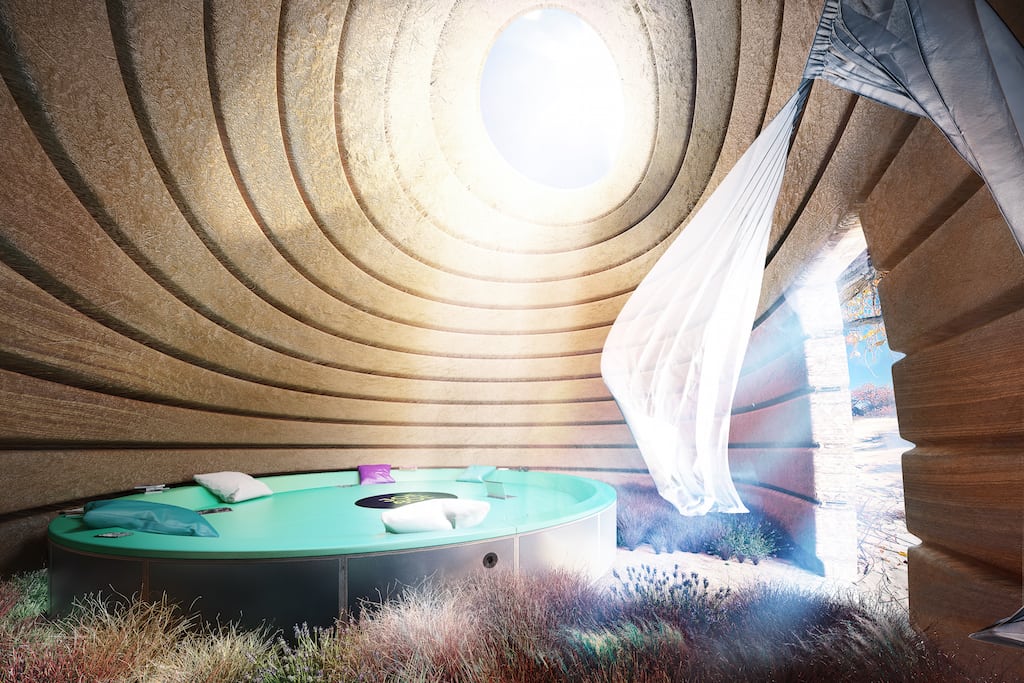
A mud hut is one of multiple "OOO!" (Out of the Ordinary) types of accommodation available at each Jo&Joe.
Is There Real Demand for This?
The first two Jo&Joe hotels aren't expected to open until 2018 and Fontaine said that even in the lead-up to that date, there's an opportunity for the brand to evolve. But is there a real demand for this type of travel, beyond just Millennials? Will developers want to back these types of projects?
Not surprisingly, Fontaine said there is "a very strong appetite for this type of product" from developers, cities, and travelers.
"Developers are always in search of new opportunities and new brands and, as far as the cities are concerned, where we are opening, there's a lot of appetite from the city or city council itself to have an accessible, blended type of brand to get out of the traditional hotel business," he said.
However, some recent co-living projects, including WeLive from co-working space provider WeWork, have struggled to take off with guests and residents, and they aren't particularly favored by real-estate developers.
Beyond the initial markets where Jo&Joe are expected to open first, he said AccorHotels is also eyeing Asia-Pacific (Sydney, Singapore, Bangkok), Latin America (Rio de Janeiro and Sao Paolo), and possibly North America (Miami, San Francisco, Toronto).
Wherever AccorHotels decides to bring Jo&Joe, however, one thing will be clear, Fontaine said: "We are not restraining ourselves."
